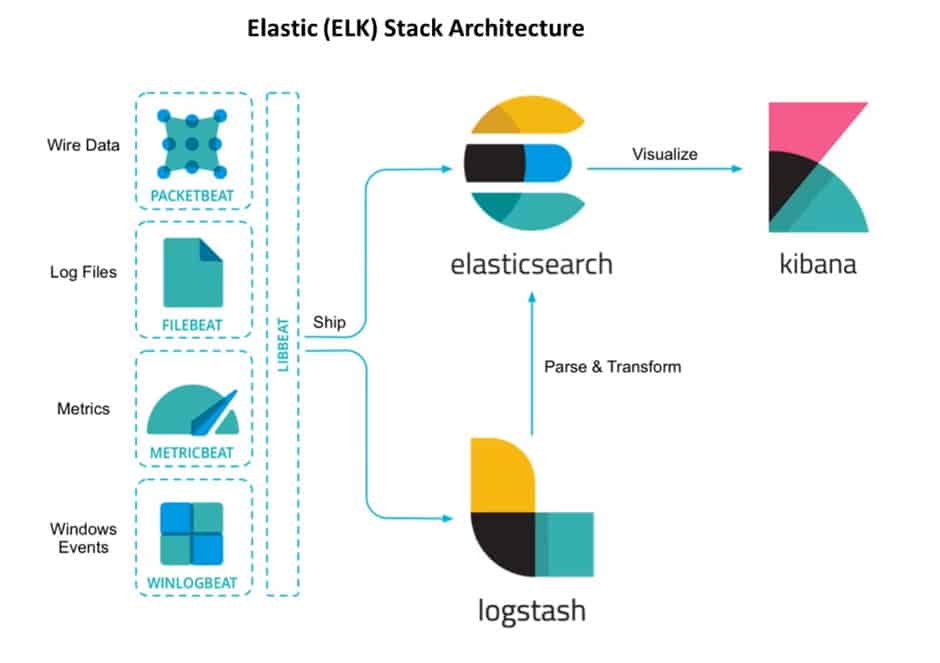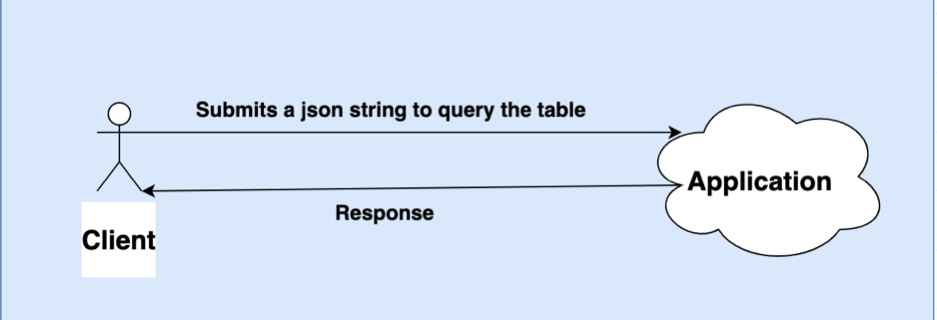


This can be achieved by adopting NoSQL rather than RDBMS for storing data. Of course, RDBMS can be optimized but that also brings with it a set of limitations like, every field cannot be indexed, and updating rows to heavily indexed tables is a lengthy and excruciating process.īusinesses nowadays are looking for alternate ways where the data is stored in a manner that the retrieval is quick. Relational Database works comparatively slow when it comes to huge data sets, leading to slower fetching of search results through queries from the database. This lag in search is attributed to the relational database used for the product design, where the data is scattered among multiple tables, and retrieval of meaningful user information requires fetching the data from them. Easy handling of data and serving information faster form the backbone of an efficient and successful organization.ĭelay in retrieving information leads to poor customer service and you might end up losing a potential customer. For your organization to run effectively, you need to be able to access data and analytics from your enormous database seamlessly.

What is Elasticsearch, you ask? Elasticsearch is a distributed document-oriented search engine, designed to store, retrieve, and manage structured, semi-structured, unstructured, textual, numerical, and geospatial data.įor a better understanding, let’s take a look at the basics first.įor your business to provide superior customer service, your customers need to be able to search quickly for their preferred product/service from your enormous product base.


 0 kommentar(er)
0 kommentar(er)
